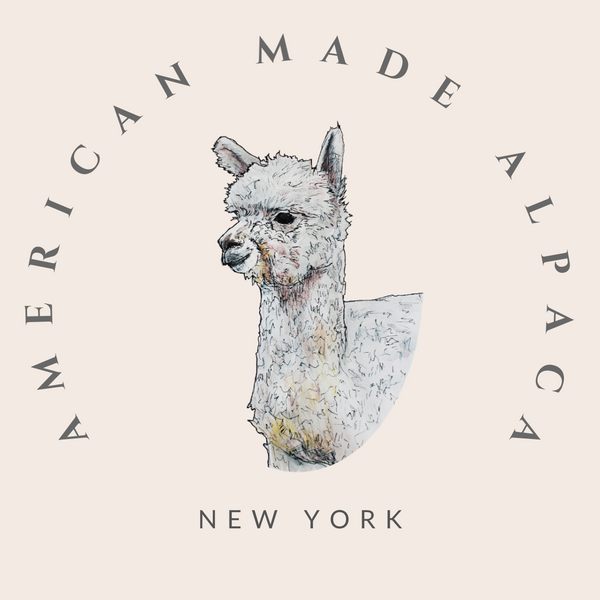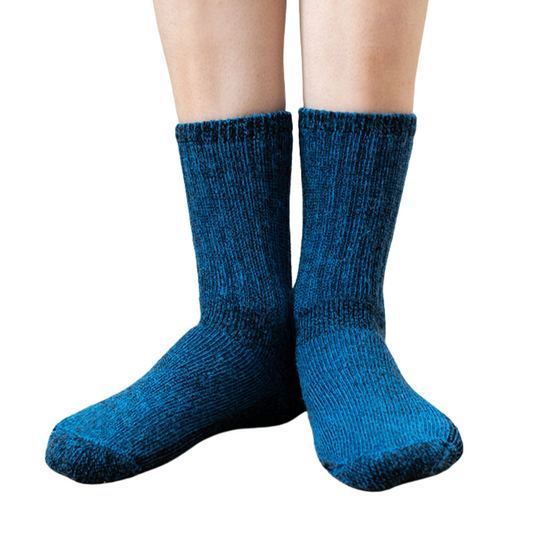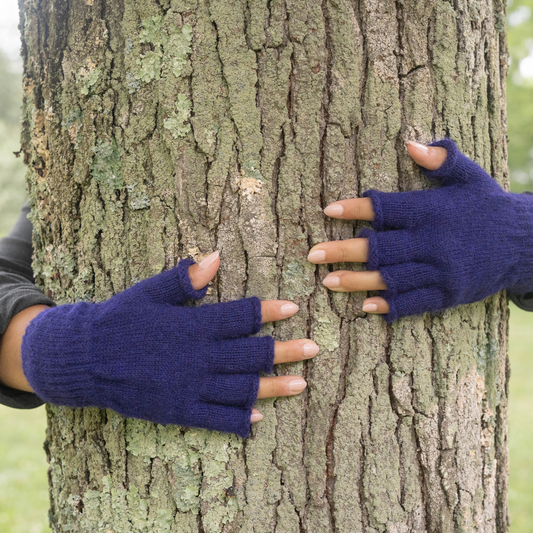When people think about sustainability, socks rarely come to mind. But here’s the truth: the material in your socks makes a bigger environmental impact than you’d expect. Cotton socks demand enormous water and pesticide use. Synthetics are made from petroleum and stick around in landfills for centuries. Even wool has its drawbacks, requiring heavy grazing land and chemical processing. So can socks actually be eco-friendly? The answer is yes—and alpaca fiber proves it.
The Hidden Cost of Cotton
It takes thousands of gallons of water to produce just a small batch of cotton clothing. Add the pesticides and fertilizers used in cotton farming, and those “cheap” socks start looking costly for the planet.
The Synthetic Problem
Polyester, nylon, and acrylic socks are made from plastics. They shed microfibers in the wash that end up in rivers and oceans. Worse, they don’t break down in landfills, meaning your socks will outlive you.
Why Alpaca Fiber Is Sustainable
Alpacas graze lightly, nibbling grass without ripping roots out. They need far less water and land than sheep or cattle. Their fiber is biodegradable, breaking down naturally instead of clogging landfills. That makes alpaca socks a renewable, earth-friendly choice.
Durability Equals Less Waste
Eco-friendly also means long-lasting. Socks that blow out after a few weeks keep you buying more and tossing more in the trash. Alpaca socks last far longer, reducing waste and production needs.
A Feel-Good Gift
Eco-friendly doesn’t have to mean bland. Alpaca socks are soft, durable, and practical—gifts that people actually use, with the bonus of helping the planet.
Bottom line: Socks don’t have to be disposable. Choosing alpaca means choosing durability, comfort, and sustainability that respects the earth.





